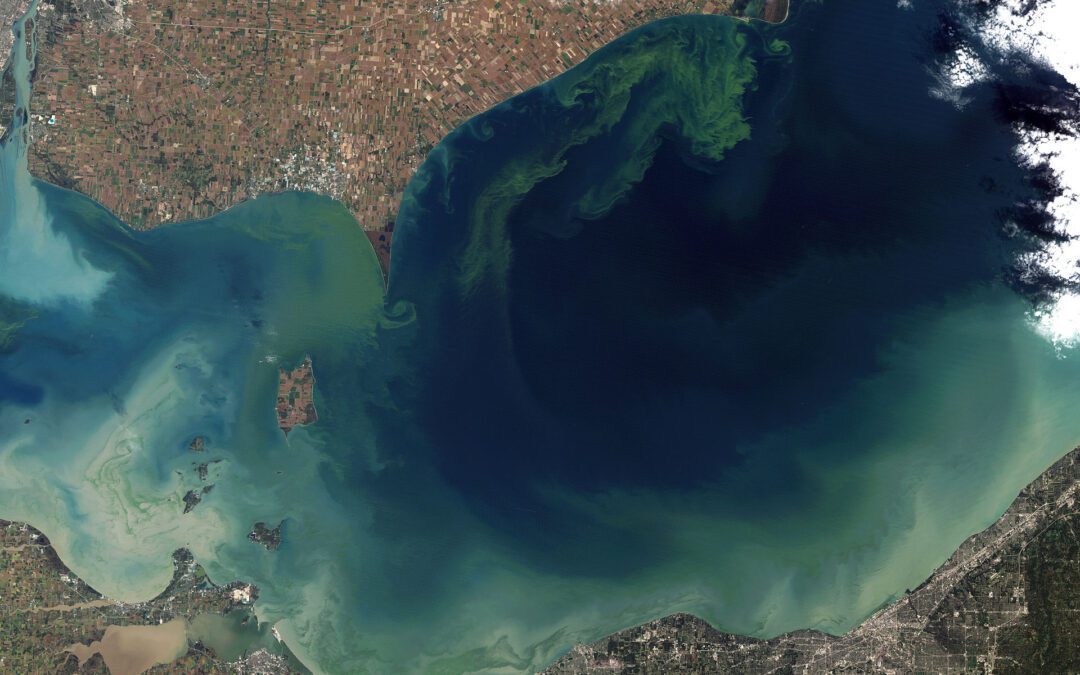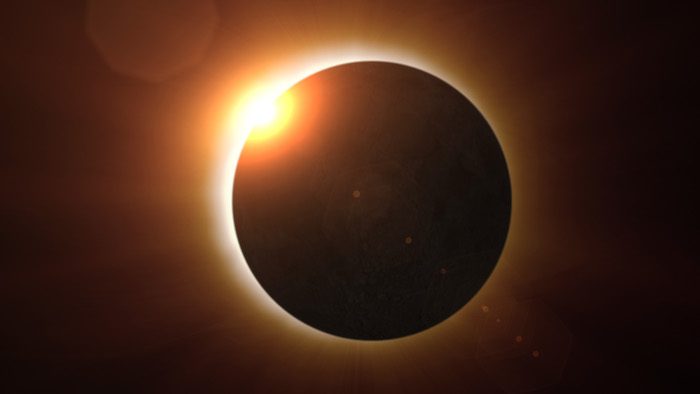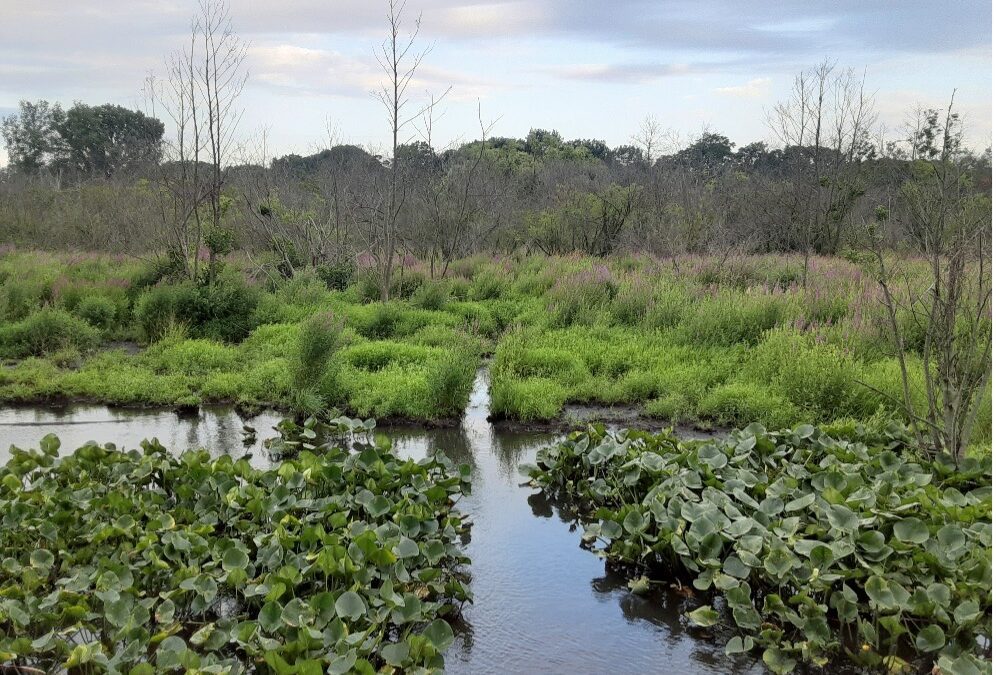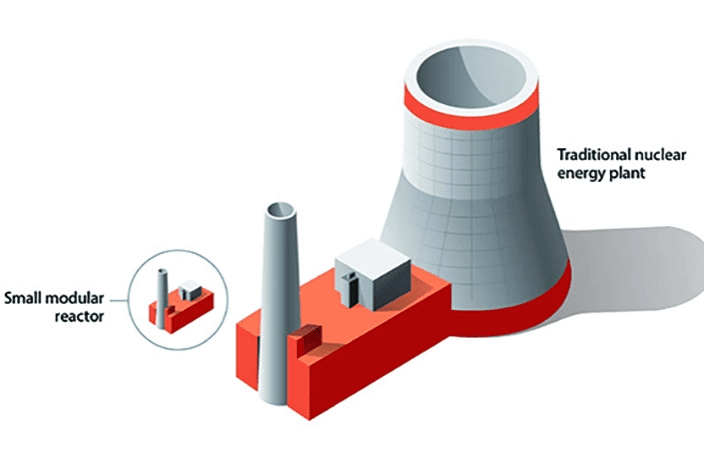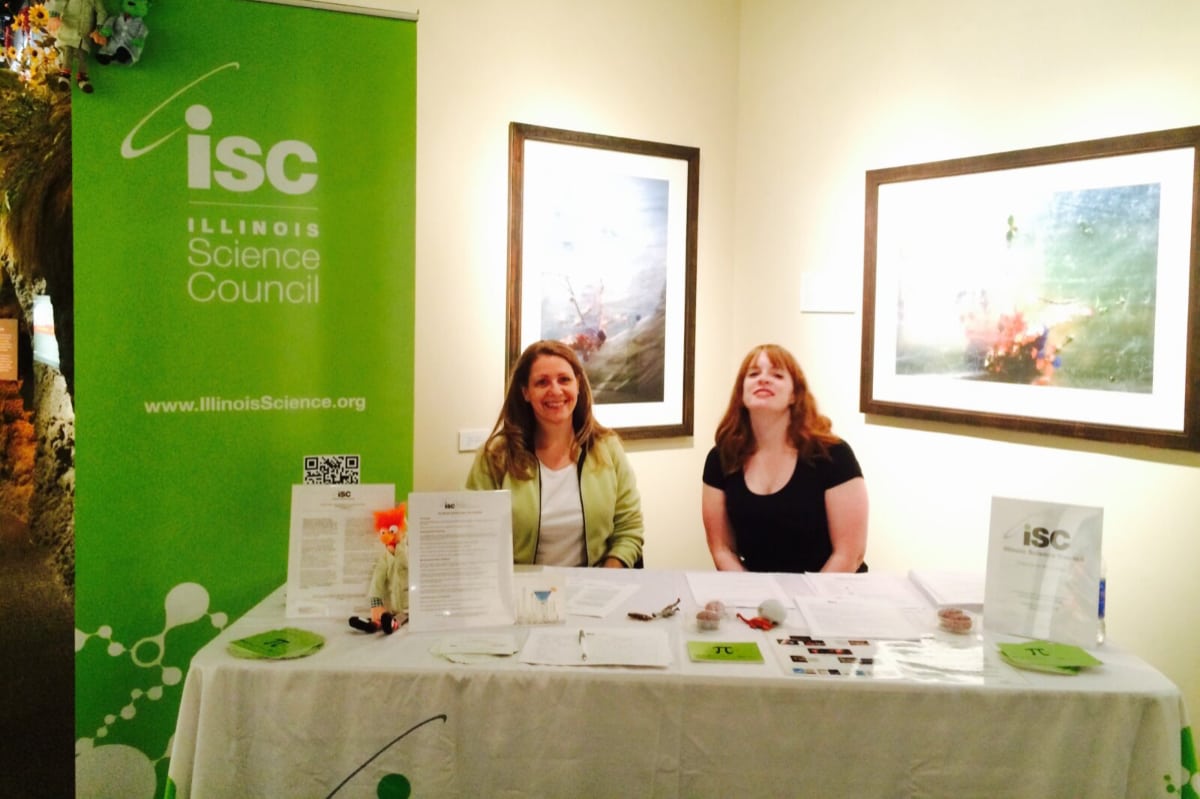You may have noticed signs that say “Don’t feed the ducks!” when walking in local parks with ponds or lakes. While you may be tempted to feed the cute wild animals, you generally understand why you shouldn’t. One of the problems with feeding wild animals is that they become dependent on humans for their food. Another problem is that they can overpopulate places that humans frequent, like your local duck pond. It’s easy to resist throwing some crackers out for ducks or squirrels, but have you ever thought about how your daily actions might be feeding organisms so small you can’t even see them, leading to toxic algal blooms?
Feeding microorganisms, or microbes, can be a huge problem, and oftentimes has an even larger negative impact on the environment than feeding your local ducks. Despite being invisible to the naked eye, microbes have enormous and serious consequences on wildlife and our health. Recently in the news, there has been a lot of concern about toxic red tides. Even Lake Erie, in our own Great Lakes backyard, has a history of algal blooms in the summer.
Scientists often define algal blooms, sometimes also called toxic red tides, as an increase in microbial growth in an aquatic environment. Algal blooms are normally recognized by the noticeable discoloration of the water. Even though algal blooms are just made up of tiny microbes, they have the power, in extreme situations, to kill off fish and larger aquatic animals, harm our economies that are dependent on water wildlife, and even poison us through our drinking water.
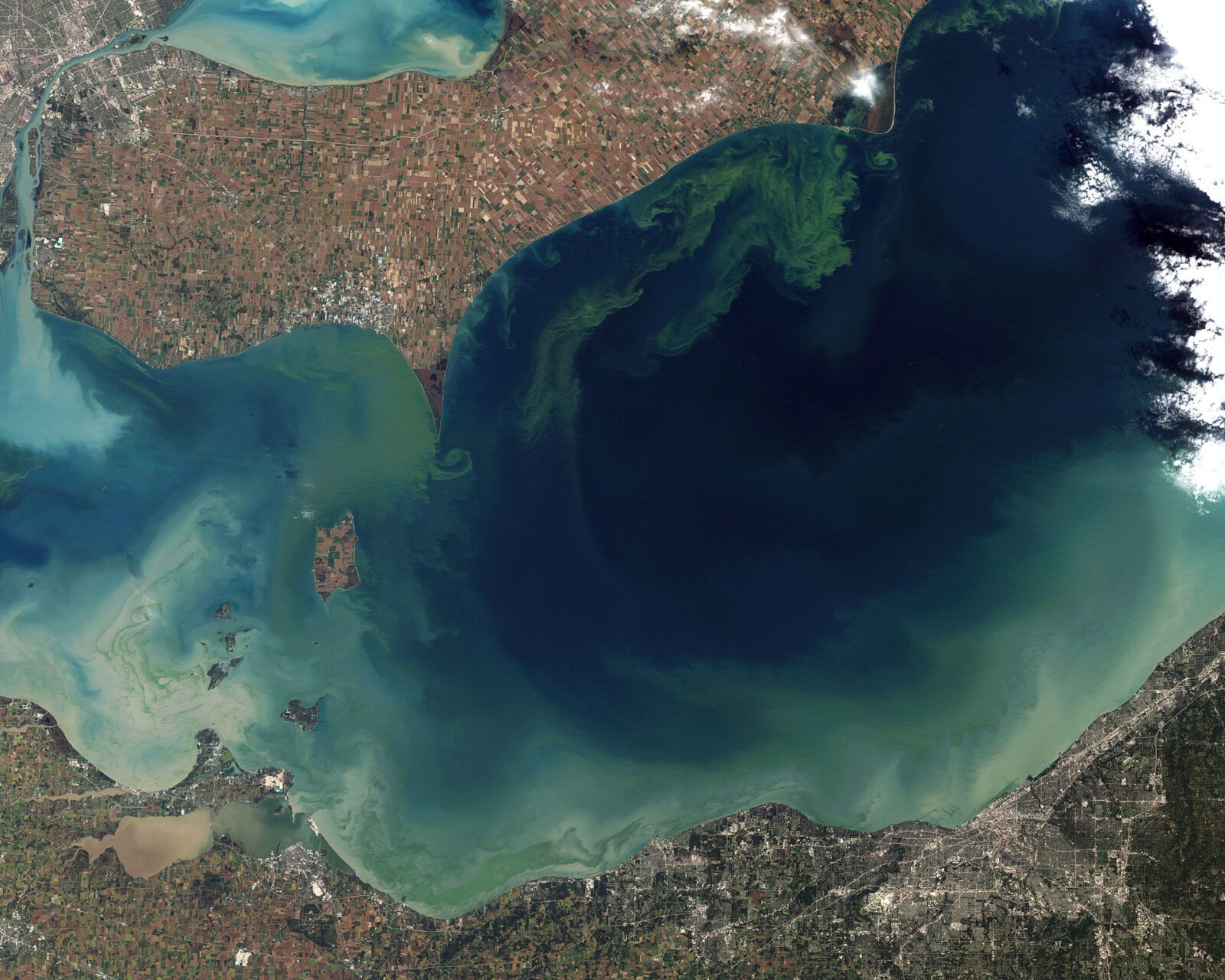
Satellite photo of an algal bloom in Lake Erie. Photo credit: NASA Earth Observatory
What are microbes doing in the water?
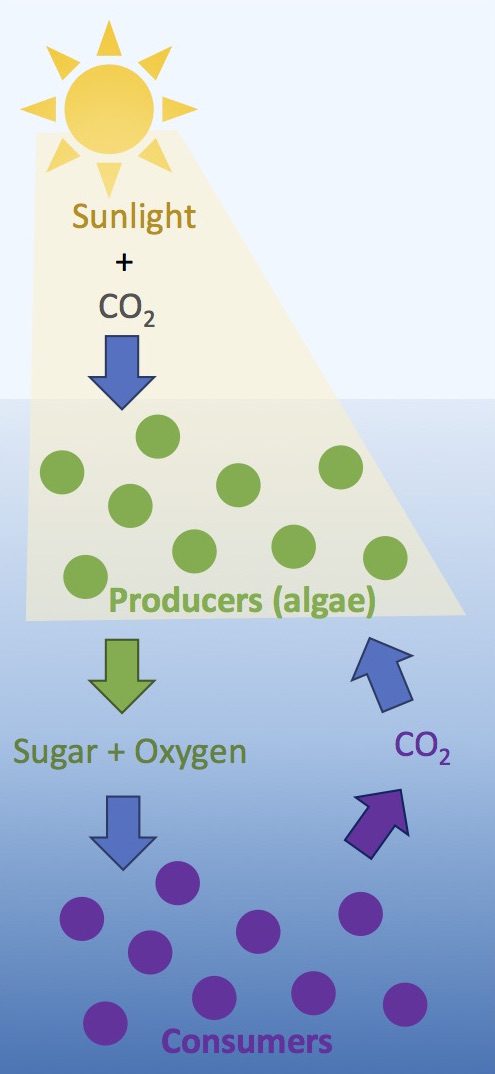
Here you can see the producers take up sunlight and carbon dioxide (CO2, purple) and make sugar and oxygen (green). The consumers take up that sugar and oxygen and make more carbon dioxide. Diagram by Gwendolyn Gallagher.
To understand what algal blooms are and why they happen, we first need to understand what a microbe is and how microbes generally make a living in the water. A microbe is a single-celled living organism that is too small to be seen with the naked eye. In fact, hundreds of thousands of microbes can fit on the period at the end of a sentence!
In aquatic ecosystems, there are two main players in microbial ecosystems that cycle carbon dioxide (CO2) and oxygen. There are producers taking in carbon dioxide and breathing out oxygen, and consumers doing the exact opposite: breathing in oxygen and breathing out carbon dioxide. Algae are the microbial producers; they use sunlight and carbon dioxide to make, or produce, oxygen and sugar, which is necessary for all living things. Sound familiar?
That’s because it is exactly the same process of photosynthesis that plants and trees undergo on land! Plants are considered very large producers! The second major player, consumers, need to eat up, or consume, sugar and oxygen from the environment. The sugar that consumers eat is usually produced by photosynthetic organisms, or appears in the water as the result of algal death. Since humans also need to eat to survive, we are considered consumers too!
When an ecosystem is healthy, the consumers balance out the producers, and together they both feed larger organisms like mussels and fish. In a balanced state, the microbes do not take over the ecosystem because they are prevented from growing and multiplying too quickly. The most common elements that limit microbial overgrowth in the environment are nitrogen and phosphorus, the elements that make up proteins and DNA. Water ecosystems are sensitive and can easily become unbalanced if an excess of nutrients, especially those that are typically limiting, is added.
After this addition of too many key nutrients, microbes quickly reproduce, ultimately resulting in an algal bloom.
What are we adding to the water?
Algal blooms usually occur when nitrogen or phosphorus gets into the water due to human activity. The most common way these elements get into water is from fertilizer runoff. Fertilizer is used on farms and in gardens to supplement elements like nitrogen, phosphorus, and potassium that might not already be plentiful in the soil. Adding these nutrients help crops grow and yield more fruits and vegetables. After rainfall, fertilizer that was not taken up immediately by the plants problematically runs off into streams and lakes. Unfortunately, the elements that the plants need are the same elements that the microbes need. As previously mentioned, this combination of phosphorous and nitrogen in fertilizer dramatically increases microbial growth, resulting in harmful algal blooms.
Effects of algal blooms on the environment and our health
During an algal bloom, producers now have increased access to their limiting nutrient, normally nitrogen or phosphorus from fertilizers. Consequently, they are able to grow and multiply at a much faster rate. In fact, during an algal bloom, concentrations can be up to millions of cells per milliliter of water, 20-50 times the normal number of cells in water. This increase in microbial density causes overgrowth of algae. When algae are overgrown, they multiply rapidly and die in larger quantities. Once they die, they are no longer able to make more oxygen and start to decay, a process that actually uses up even more oxygen. With the abnormally high abundance of sugar and nutrients in the water, consumer microbes also start to grow and multiply at an increased rate. When consumer microbes grow, they ingest oxygen and sugar and release carbon dioxide. The combination of increased consumer respiration with algal decaying can actually cause the water to completely run out of oxygen below the surface!
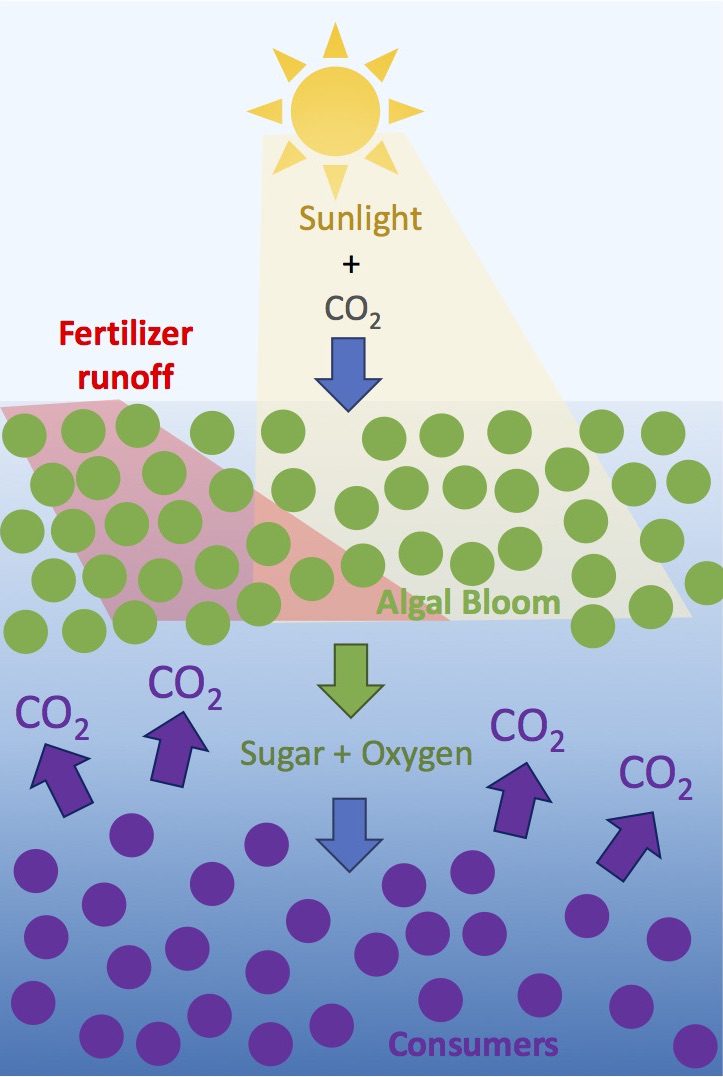
Here you can see what happens during an algal bloom. The producers multiply rapidly using the nutrients from the fertilizer runoff. The consumer microbes now have an abundance of sugar from the dying algae, so they take up a lot of oxygen and release more carbon dioxide. This is what causes the water to run out of oxygen during some algal blooms.
is made up of tiny microbes, there are so many microbes that together they can have devastating effects on the whole aquatic ecosystem. For example, recently off the coast of Florida, a form of algal bloom called ‘red tide’ has completely killed off fish in several locations, harming the local aquatic ecosystems. This also negatively affects fishing industries. In southwest Florida, algal blooms cost commercial fishing industries an estimated $1.5 million annually.
In addition to negatively impacting the environment, algal blooms harm humans. Algal blooms occasionally release toxins, such as microcystins and domoic acid, into the environment. These toxins, which the microbes produce to protect themselves from predators, harm fish and larger sea life like sea lions and otters. Specifically, the toxins harm and destroy the nervous system of larger animals, causing those animals to die. Humans can get very sick from ingesting these toxins too, which is why you should never eat fish or shellfish caught from a body of water near the site of an algal bloom. This can and does hurt fishing economies. In Washington, people were not permitted to collect clams, which accumulate algal bloom toxins, costing the industry up to $9 million. Additionally, you should never swim or let your pets swim in bodies of water experiencing an algal bloom.
Algal blooms are also dangerous for us if they occur in our drinking water source. The Great Lakes, the largest freshwater system in the world, provide fresh drinking water to many of the surrounding states. After algal blooms, particularly in Lake Erie, nearby residents are often instructed not to drink the tap water because of potential contamination by algal bloom toxins. In 2014, residents in Toledo, OH had to drink only bottled water for 3 days after an algal bloom in their water source. The city discovered algal toxins in their water treatment plant and ordered the citizens to stop using the water immediately for drinking, cooking, and brushing their teeth. Once toxins were detected, the water treatment plant had to determine exactly which toxin was present and then use specialized methods to inactivate it. In total, 400,000 residents were affected and the algal bloom cost the city $65 million.
What can we do about algal blooms?
The best way to fight and stop algal blooms is to prevent excesses of nutrients from ever entering aquatic ecosystems. In our day-to-day activities, we can help by refraining from improperly discarding things like trash in bodies of water, and by ensuring that we don’t over-fertilize plants in our own backyards. As shoppers we can preferentially purchase fruits and vegetables that were fertilized responsibly. For example, we can preferentially purchase from farmers participating in the ‘4R’ nutrient stewardship program, a program that aims to reduce fertilizer runoff. We can also support local governments that aim to regulate fertilizer runoff. Keeping water ecosystems healthy is extremely important for the environment and our health, so think twice before feeding the microbes!
-
Gwendolyn Gallagher is a Geophysical Sciences Ph.D. student at the University of Chicago. She researches how microbes using light energy affect marine environments and, ultimately, the carbon cycle.
View all posts

